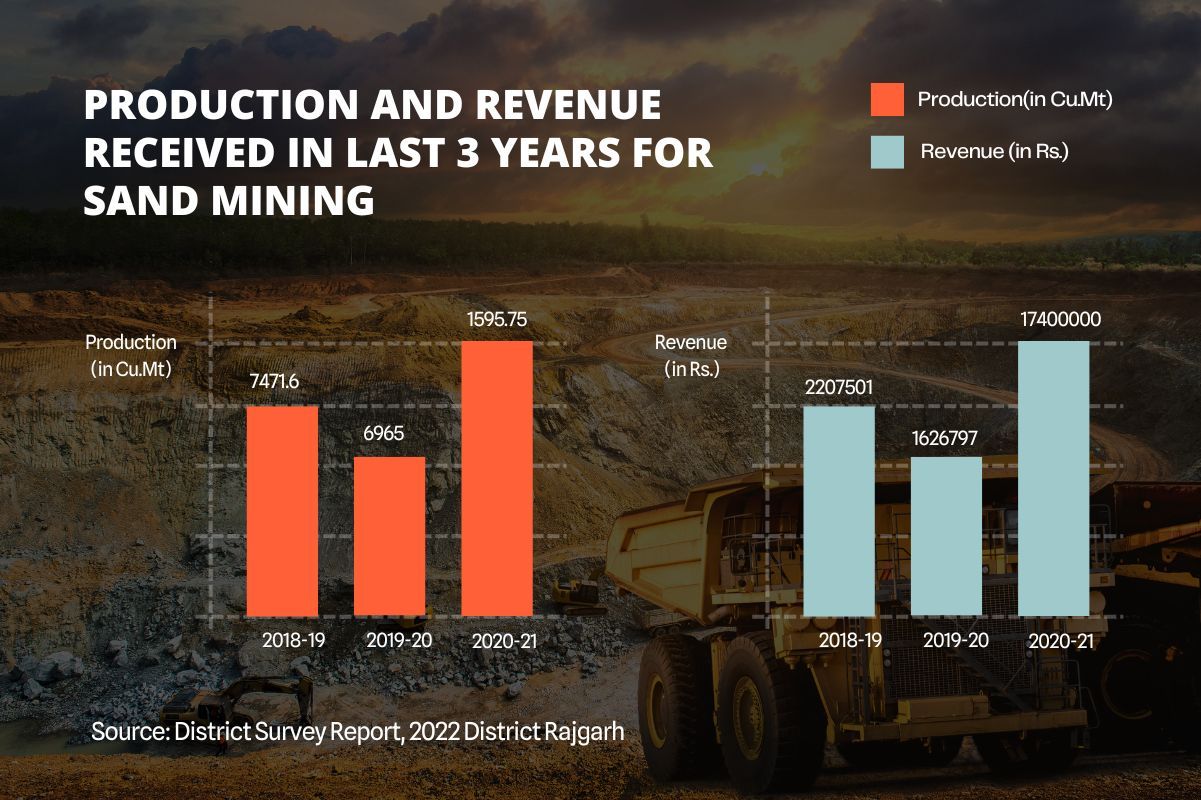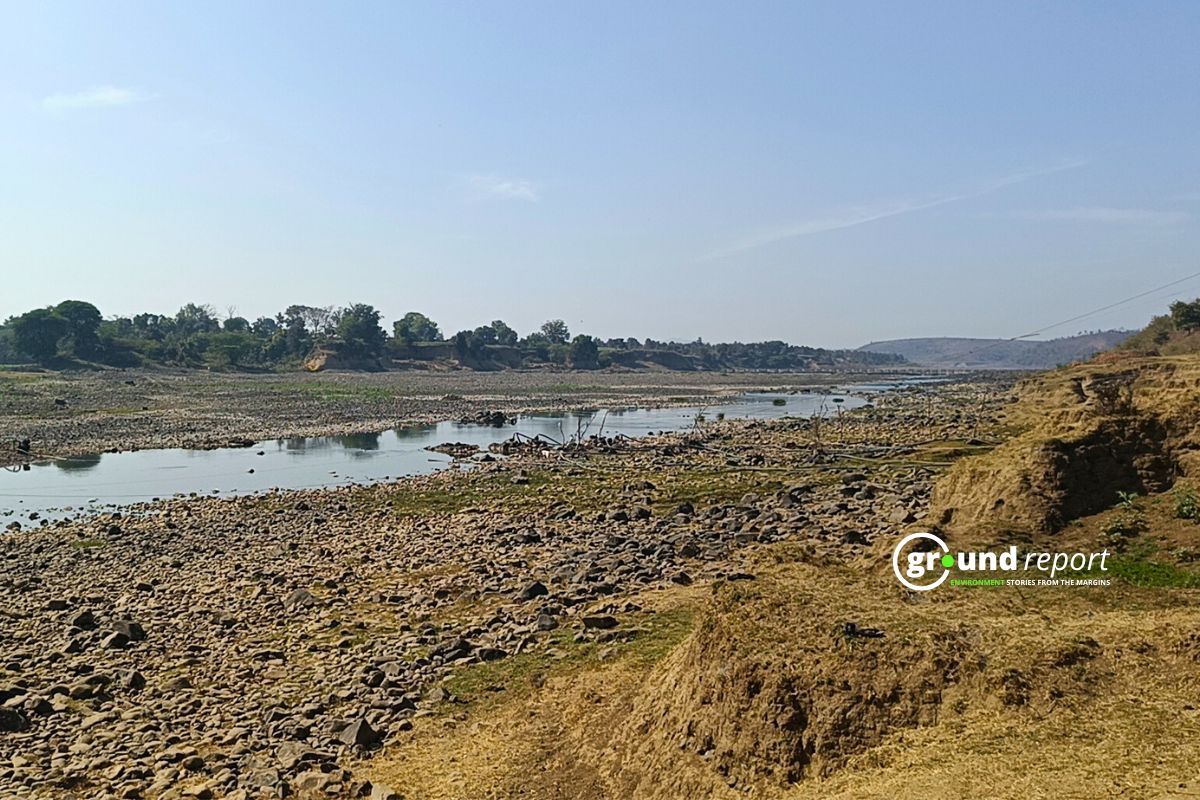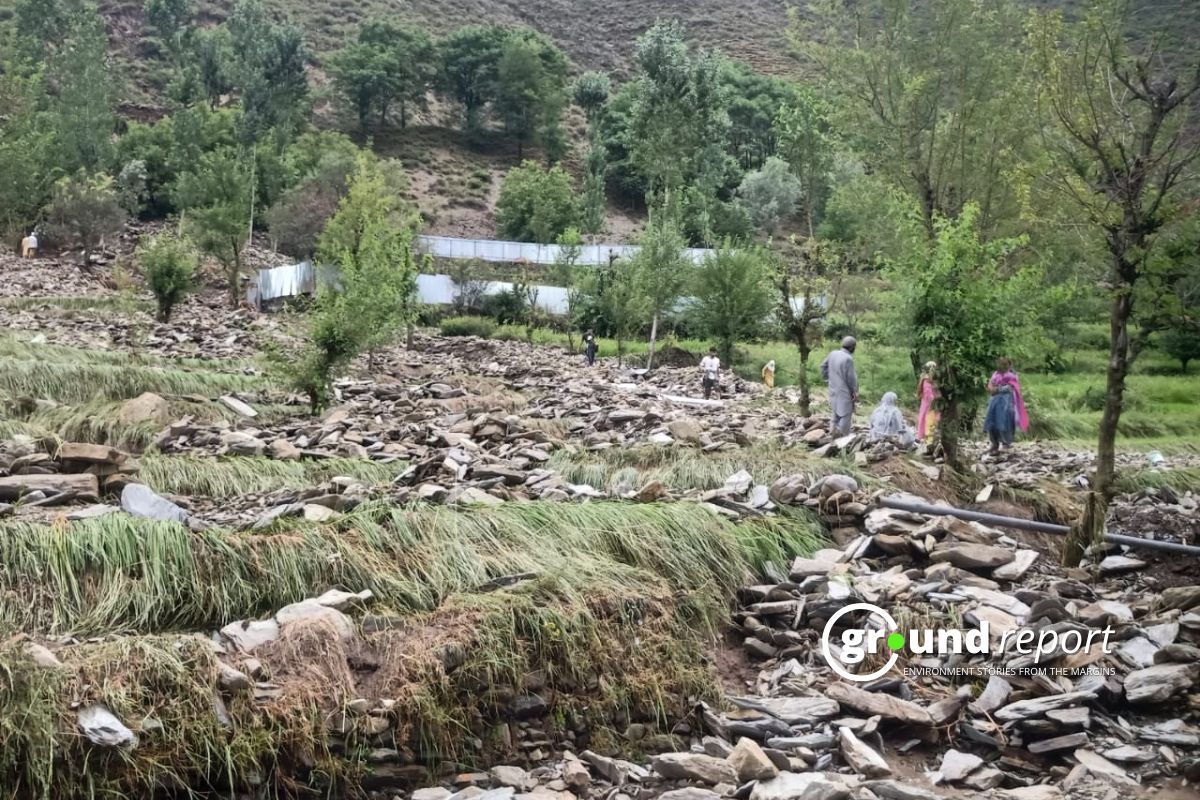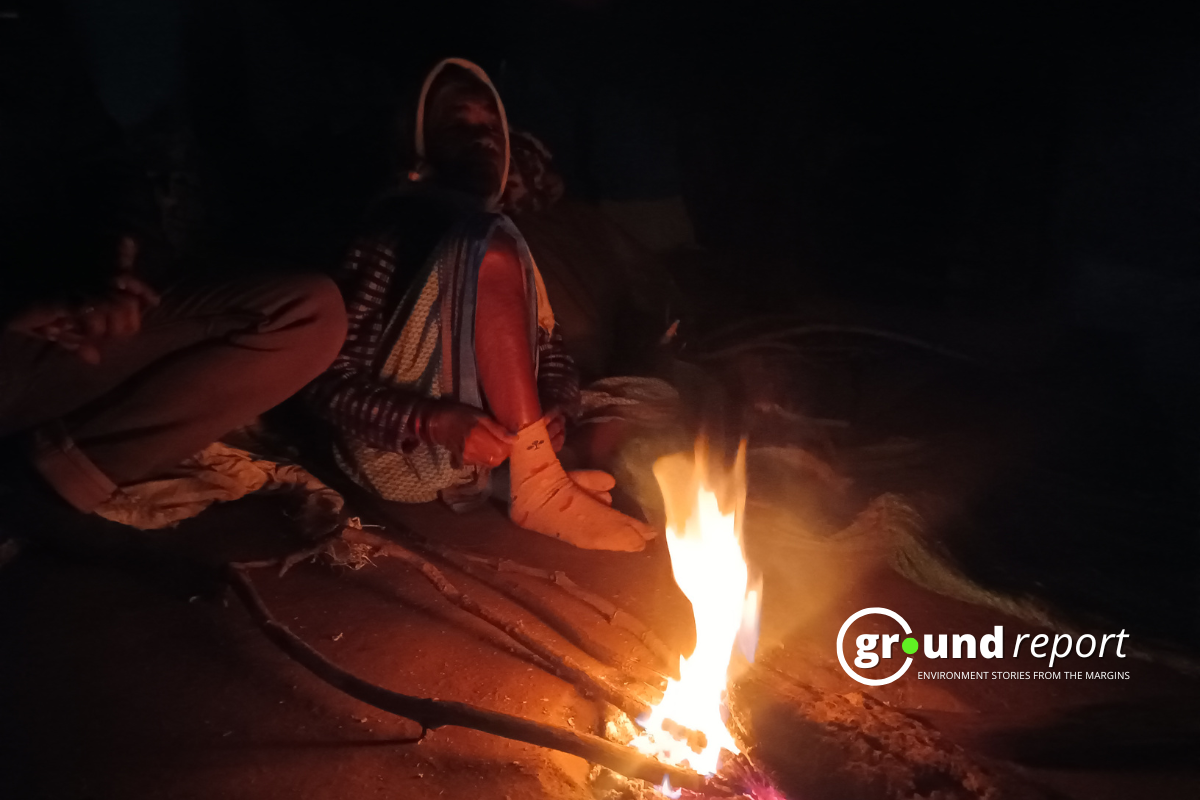हिंदी में पढ़ें। In August 2024, reports emerged from Rajgarh, where members of the alleged sand mafia surrounded administrative officials, threatened the Naib Tehsildar, and even assaulted him with a tractor. If these reports are accurate, it’s clear that illegal mining is a significant issue in Rajgarh, one that demands urgent attention.
Rajgarh, a district in Madhya Pradesh, is home to five major rivers– Parvati, Kalisindh, Ajnar, Gadnala, and Nevaj. Every day, there are reports of illegal sand mining from these rivers, often highlighting seizures and actions taken by the authorities.
Legal sand mining

‘Sustainable Sand Mining Guidelines‘ have been prepared by the Government of India in 2016. In these guidelines, it has been directed that ‘District Survey Report’ (DSR) related to mining will be prepared in every district. Rajgarh district also has a DSR of 2022 related to river sand mining.
This report from Rajgarh acknowledges that illegal sand mining activities are rampant across the country. The report also said that these activities adversely affect the revenue of the government and the lives of the officers.
There are no major mineral deposits in Rajgarh district. But there are about 2,49,642 cubic metres of sand and 2,11,935 cubic metres of murram. A limited amount of clay and flagstone are also found.

More than 300 sand mines have been approved in about 350 hectares of rivers in the district. The total revenue earned by the Government from these mines between 2018 and 2020 a revenue of Rs 2 crore 12 lakh 34 thousands was received.
Out of this, the highest revenue of 1.74 crore was earned in 2021. In these three years, a total of 16032 cubic meters (Cu.mt) of mineral has been produced.
Madhya Pradesh State Mining Corporation is a major mining company operating in Rajgarh. SK Tiwari, an employee of the corporation, told Ground Report that 23 legal sand quarries have been allotted to them in Rajgarh district. Some of these mines are still associated with the company. However, he claimed to be unaware of any illegal mining activities, adding that the mineral department oversees all operations.
The 2016 guidelines clearly state that only 60 per cent of the total mineral production capacity of a district can be mined. As per this directive, mining of about 606177 cubic metres is allowed in a total area of about 25 square kilometres including all the rivers of Rajgarh.
Illegal sand trade
Jaipal Singh Khinchi, a resident of Suthalia in Rajgarh, has been working against illegal mining in Parvati river for the last five years. Jaipal claims that about 3 lakh metric tonnes of sand is extracted by the mining mafia from the Suthalia area alone.
Jaipal believes that administrative actions are taken against the mining mafia in Rajgarh, but they do not have much effect. He further explains that whenever these activities are complained to the responsible authorities, mining is stopped for a few days. Meanwhile, cases are being registered against the tractor drivers who are carrying sand illegally in the name of action. But it’s all temporary. No concrete action is taken against the mining mafia. That is why their spirits are still high.
The ground report also found large-scale illegal sand mining in Rajgarh. When the Ground Report team reached Lasudiya Meena on the banks of Parvati, we saw a large amount of excavation taking place there. We reached Kala Khedi, Kadi Kheda, Semlapar, Kanarkhedi, Shekhanpur of suthalia and Todi village of Biaora on the banks of Parvati the second week of January 2025. Illegal quarrying is also going on here.

Significantly, all these areas are not in the list of leases. According to the Sustainable Sand Mining Guidelines, 2016 of the Government of India, it is mandatory to have a clear demarcation of the mining area. But this was not the case in villages.
Dhanraj Gurjar, sarpanch of Gram Panchayat Todi under Biaora block, also points out that the sand mines being operated in his gram panchayat are illegal. In fact, after the Suthalia irrigation project was approved, the lands along the Parvati river have gone into the submerged area. After which this entire land of Todi has been declared as government land on which this illegal mining is going on. Dhanraj adds, “If the government wants, it can declare them legal and collect revenue. Our panchayat will also get revenue from this, but this is not being done. ” The entire district knows that these mines are being operated illegally.
Side effects of sand mining

The research, conducted by the Ojos Nigros Research Group in the US, says that sand mining in the river has wide-ranging adverse effects on the environment and biodiversity. This affects the quality of water as well as the habitat of aquatic organisms.
It says that river sand mining leads to erosion of the river bed, thickening of the bed, reduction in the water level of the river, and instability in the streams. Sand mining also causes deepening of rivers and their estuaries. At the same time, river mouths and estuaries can expand, increasing the salinity of the river.
Removing sand and gravel from the river causes pollution in the river water and increases its temperature, which reduces the oxygen level in the water. At the same time, unstable stream channels become unsuitable for most aquatic species.
India is replete with examples of the damage caused to the environment and biodiversity by sand mining. Research shows that hilsa fishing in the Narmada estuary has declined by about 60 per cent. In the context of Narmada river, its major tributaries like Doodhi, Tawa and Karanj are drying up due to mining and encroachment.
In the Doodhi river alone, sand production is estimated at 72,000 cubic metres per annum. Along with the Narmada, the Chambal river is also facing a serious threat with nearly 70 percent of the gharial nests being destroyed due to mining activities.
Sand mining impacts the lives of common people in parallel to the environment. In the Narmada basin, for instance, nearly 50 percent of the fishermen population is dependent on the river and estuary. Unchecked mining is affecting the fish species found in the Narmada, directly affecting the fishermen dependent on it.
According to the 2016 guidelines, illegal mining should be ‘monitored’ with the help of satellite monitoring, remote vision drones and remote sensing. But these techniques also seem to be limited to paper. Rajgarh Collector Girish Kumar Mishra informs, “We are investigating the matter.We will soon chalk out a strategy and involve the revenue department team to stop illegal sand quarrying so that illegal sand mining can be curbed.’’
Though the Rajgarh Collector has mentioned the future strategy in his statement, the present truth is that illegal mining continues unabated in Rajgarh. The alleged illegal mining in Rajgarh can hollow out rivers, destroy biodiversity and endanger the population dependent on these rivers.
Support us to keep independent environmental journalism alive in India.
Keep Reading
Mission aatmanirbharta in pulses: MP farmers remain skeptical
On Ground: Plastic mulching boosts yield but harms soil health
Chhindwara’s maize-ethanol dream: promise vs reality
Erosion ravages Chambal: puts farmers, biodiversity at risk
Follow Ground Report on X, Instagram and Facebook for environmental and underreported stories from the margins. Give us feedback on our email id greport2018@gmail.com.
Don’t forget to Subscribe to our weekly newsletter, Join our community on WhatsApp, and Follow our YouTube Channel for video stories







